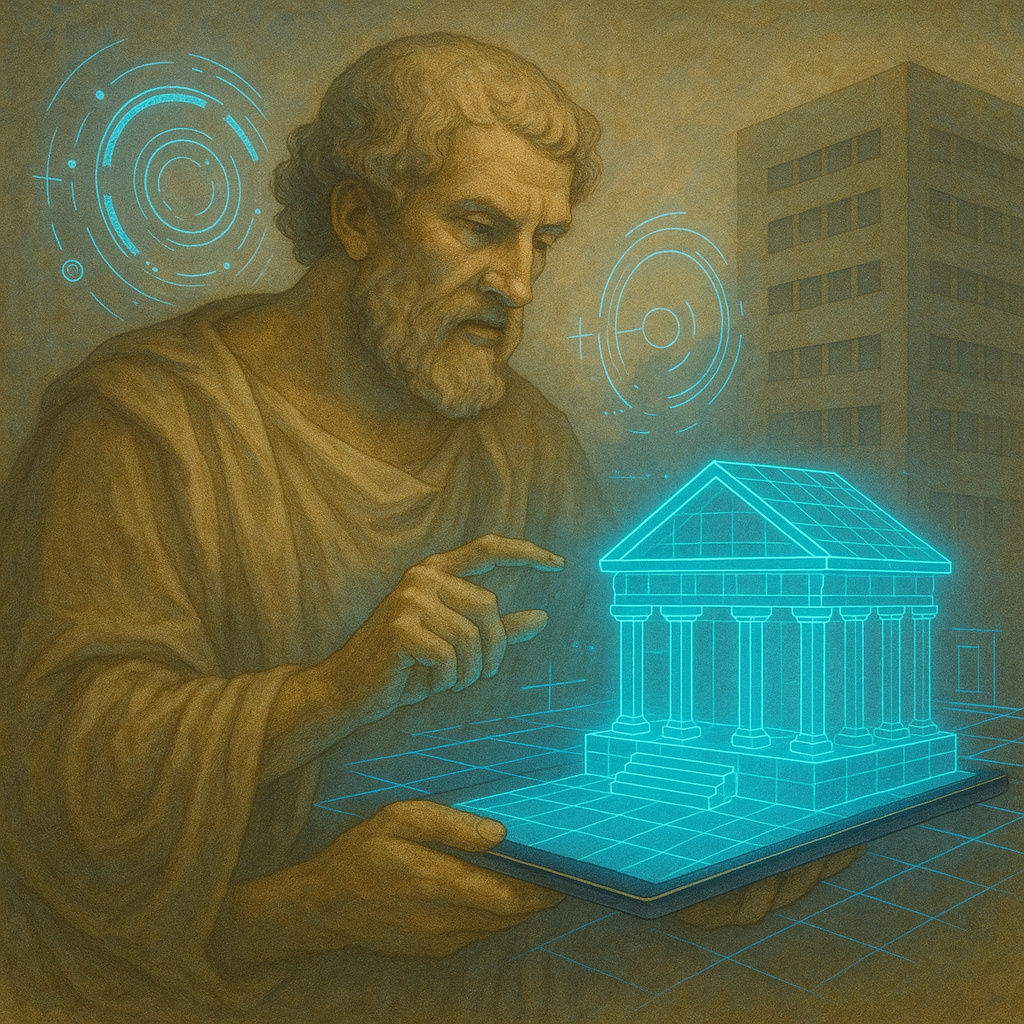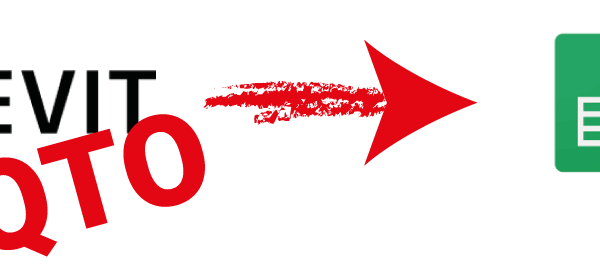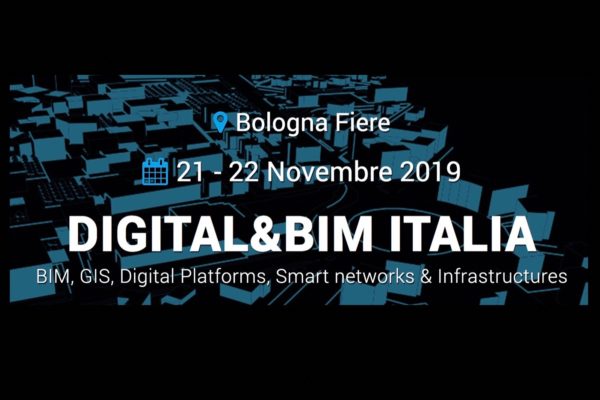Too bold a claim? Perhaps not.
In the world of BIM, one of its fundamental principles is often repeated: “begin with the end in mind.”
At first glance, this might sound like a modern, even managerial phrase. But in truth, it has much deeper roots—roots that stretch back through history, all the way to classical thought. Yes, even… Aristotelian.
The Value of the End: An Ancient Concern
When we speak of model use within a BIM process, we’re implicitly stating that every modeling activity—be it geometric or informational—only makes sense if it is directed toward a final purpose.
We do not model for the sake of modeling. We model to achieve a result—something measurable and useful.
And while this idea may seem tied to the digital technologies of our era, it actually has a noble and philosophical precedent.
In Nicomachean Ethics (Book III), Aristotle writes:
“We deliberate not about ends, but about what contributes to ends. For a doctor does not deliberate whether to heal, nor an orator whether to persuade, nor a statesman whether to produce law, nor in any other case is the end a matter of deliberation; having set the end, they consider how and by what means it is to be attained […]. If it is clear that the end can be reached in several ways, they consider which is the easiest and most noble; if by one only, how it is to be accomplished by this and by what means that […]. And if they meet with something impossible, they give up the plan—for instance, if it requires money and this cannot be obtained. But if it appears possible, they set to work.”
Here, Aristotle is telling us that rational action does not begin with what we have, but with what we want to achieve.
Only by establishing that end can we reason backward, analyzing the means and conditions necessary to reach it.
From Philosopher to Designer: Building the Cultural Bridge
Let’s now bring this philosophical insight into the context of BIM.
A BIM Specialist, BIM Coordinator, or Model Author cannot afford to model “blindly.”
They must first know what the intended uses of the model are:
Is it for quantity takeoff? Clash detection? Lifecycle management? Digital fabrication?
These purposes—Model Uses—must be clearly defined in key documents such as the EIR (Employer’s Information Requirements, or Capitolato Informativo under UNI 11337) and the BEP (BIM Execution Plan, or Piano di Gestione Informativa).
Only with this clarity can the decision-making, design, and modeling processes be undertaken consistently.
It’s the only way to “deliberate what leads to the end,” as Aristotle says.

A Lesson in Method (With an Eye on Risk)
When I teach courses or offer consultancy, I often emphasize the importance of reverse analysis.
We must start from the Model Use and trace backward:
What outputs are needed? What data? What attributes? Where do they come from? Are they available? Are they reliable?
This analysis is not just a logical exercise; it is also a feasibility check.
Exactly as Aristotle suggests: “If they meet with something impossible, they give up the plan.”
And in BIM, the “impossible” can take many forms:
- Required data that is unavailable or unstandardized
- Software limitations in handling certain logic or formats
- Time or resources that don’t align with the complexity of the objective
- Client requests disproportionate to the actual value of the expected outcome
In these cases, reverse analysis protects us from flawed methodology and wasted time.
Conclusion: We Are Dwarfs on the Shoulders of Giants
The famous quote attributed to Bernard of Chartres, later echoed by Newton and others, reminds us to stay humble:
“We are like dwarfs perched on the shoulders of giants, so we can see more and farther than they could, not by virtue of our own vision or height, but because we are lifted up by their great stature.”
In BIM, our “giants” are not only digital pioneers, but also philosophers, Renaissance designers, and ancient engineers who laid the foundations of a method.
Technology evolves, but strategic thinking endures, and resurfaces in new forms.
“Begin with the end in mind” is not just a technical principle.
It’s a mindset, a design approach, and an ancient lesson—more relevant than ever.




